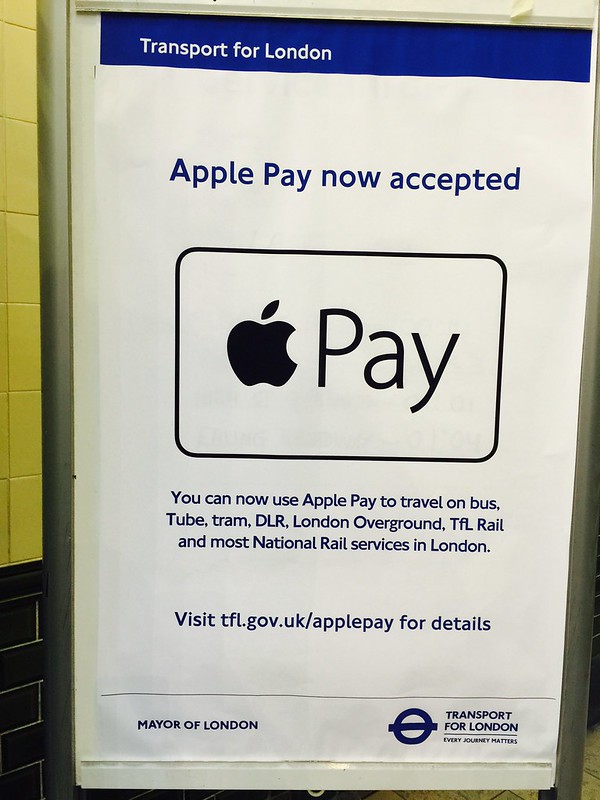Pizza Hut Projector Box
Pizza Hut Projector Box + Subtraction.com – interesting Pizza Hut projector box design by Ogilvy for Pizza Hut. You know that the image from the Pizza Hut projector is likely to be a bit like watching an old VHS pirated recording of a film. I would have serious worries about a smartphone being bright enough to work. But I can also see how it enable impromptu social watching of content on the Pizza Hut projector box. It also cements the mental linkage between pizza and watching a movie at home
Business
Growth accelerates at WPP PR and public affairs arm, but not in UK | PR Week – All regions, except the United Kingdom and continental Europe, were up. It is interesting that public affairs was highlighted as a growth driver
Fetchr just got $11M to take conventional mail to United Arab Emirates | VentureBeat | Deals | by Sindy Nanclares – so the future of the web is horizontal stratification of concierge services….
Design
Why Are Design Firms Stagnating? | Co.Design – some interesting takes on the state of the industrial design sector
Gadget
Pens Are Making a High-Tech Comeback | WIRED – first of all, a nice piece of storytelling by Waggener Edstrom; secondly an interesting take on tablet and pen computing which in some ways hasn’t moved on in the past eight years or so
Distribution challenges for China’s flatlining smartphone sector | TelecomTV – slower movement at the bottom of the market
Luxury
Sunglasses Shape Up | Business of Fashion – using design rather than logos to sell. Interesting take on Luxottica being crippled by being unable to take risk – hence boring looking Oakleys and not replicating the variations seen in Bausch & Lomb era Ray-Ban
Marketing
Land Rover Adventuregram (@go_for_a_drive) • Instagram photos and videos – interesting creative
Online
Freebooting: Stolen YouTube videos going viral on Facebook. | Slate – how Facebook could leapfrog YouTube on the cheap by building critical mass through piracy
Security
Hospital Medical Devices Used As Weapons In Cyberattacks | Dark Reading – Some of these devices are based on Windows, for example, Rios says, so they are often susceptible to Windows exploits. “There have been previously reported cases where these devices have become infected by run-of-the-mill malware. While this malware isn’t custom-made for medical devices, it shows that the devices are vulnerable to exploitation,” says Rios, who is founder of Laconicly LLC.
PRESS RELEASE: House Passes Massie Amendment to Strengthen Privacy and Security | Congressman Thomas Massie – “When our government weakens encryption software to spy on citizens, it puts everyone at risk. Hackers can exploit weak encryption to gain access to Americans’ confidential health records and financial information,” said Congressman Massie. More on security related content here.
Software
Microsoft Thinks the Smartphone Is Over. It’s Wrong | WIRED – the smartphone isn’t over, but Microsoft realises that there isn’t room for another mobile OS – learning the lessons of OS/2, BeOS and Linux for desktop in the PC eco-system. This comes on the back of Jolla’s decision to focus on software and give up its own hardware business. It has most success selling a secure mobile OS to governments, rather than selling handsets to consumers. More wireless related posts here.
Telecoms
Don’t believe the spin BT will not manage EE any better than it’s current owner – Ian Wood quite rightly calls BS on the PR campaign that positions BT as a viable triple play based on its ability to get more value out of EE. If one remembers their history, BT used to own Cellnet and spun it in 2002
Wireless
Xiaomi, China’s New Phone Giant, Takes Aim at World – WSJ – interesting that Xiaomi isn’t compared to other domestic brands in this article

